Not seeing the sort of close rates you want? If your primary marketing strategy has been to “cast a wide net”, consider only going after your white whales – your ideal accounts – instead, use account based marketing tactics. Known as account-based marketing (ABM), companies that treat individual prospects like an entire market can generate 208% more revenue than those who don’t according to MarketingProfs.
In this article, you’ll learn 20 of the best ABM techniques, from how to choose which accounts to focus on, to mapping out their personalized marketing experience. You’ll also discover 7 ABM software solutions; since there are more moving parts in an account based marketing tactics versus a one-size-fits-all marketing strategy, you’ll need the right tools to keep everything running smoothly.
What is Account-Based Marketing?
Account-based marketing (ABM) is a strategy of making marketing decisions based on the characteristics of target accounts and prospects. It involves creating a highly specific list of potential accounts, then creating personalized marketing experiences to engage those prospects.
This account based marketing tactics require that a business’s sales and marketing teams work more closely together. Sales reps in charge of those accounts can give crucial insight to their marketing peers, who can then develop custom content, targeted ads, and other unique methods of engaging with prospects.
Depending on the needs and resources of an organization, ABM can take either a one-to-one approach or a segmented approach, where a few or many accounts with common traits are targeted with similar content.
Account Based Marketing Tactics & Techniques
Since ABM is a more holistic marketing strategy, plan to incorporate at least a few of these techniques into your final marketing plan with sales enablement on board.
1. Market to current customers
Before filling your target account list with companies you don’t yet work with, take a look at your list of current customers. Upselling to current customers is proven to have greater ROI than converting new customers; SaaS companies on average spend just $0.28 to earn a dollar of revenue from an existing customer, whereas they’ll spend $1.18 on a new customer.
To market to these existing customers, make content that will help them get more out of your product. Blog posts are just the beginning. Consider offering free training sessions or reports that analyze how effectively they’re using your product.
Another way to market to this group is to target them with ads for discounts or special offers on additional products that are relevant to them.
2. Define target accounts with look-alike modeling
You should also look at your current customers to see who is the most valuable, in other words, which existing accounts have the highest ROI or send the most referrals your way. Highlight what attributes these customers have in common, then use them to build a look-alike model to help you identify the best prospective accounts.
Once you have your look-alike model defined, search for companies with similar characteristics in places like LinkedIn. A data vendor like D&B Hoovers can also help you zero in on accounts that fit your look-alike model.
3. Identify accounts using intent data
These days, the average B2B buyer is 67% of the way through the buying journey before seeking out a salesperson. That’s a long time to wait before engaging with a prospect. Intent data can tell you who is researching topics that are relevant to your product before those accounts ever land on your website, helping you target them sooner.
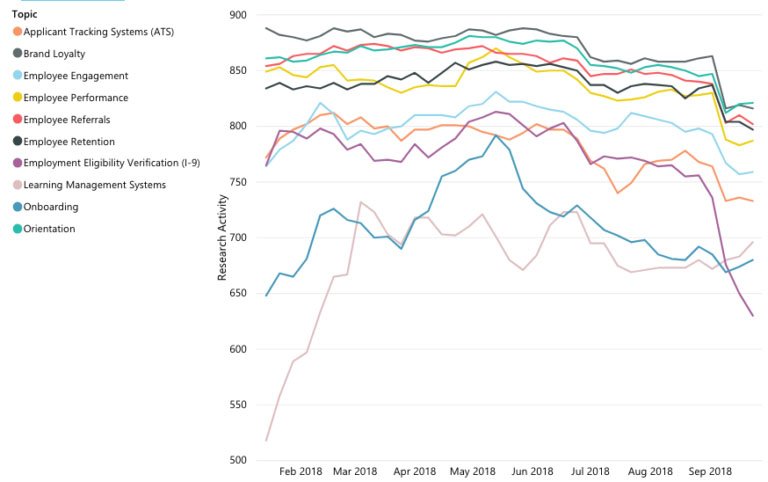
Vendors like Bombora and Aberdeen can identify companies who are expressing intent but haven’t yet interacted with your site. However, they can’t give you details about the individuals doing the research. A solution like LeadBoxer can provide the contact information of individuals who are engaging with your site but haven’t yet reached out to your sales team.
4. Build a list of role-based contacts
While building a list of target accounts, you’ll also want to build a list of contacts within those companies. Researching people based on their job title can be tricky, especially if they’re part of a small company and tend to wear many hats. Instead, focus on what roles people have within a company.
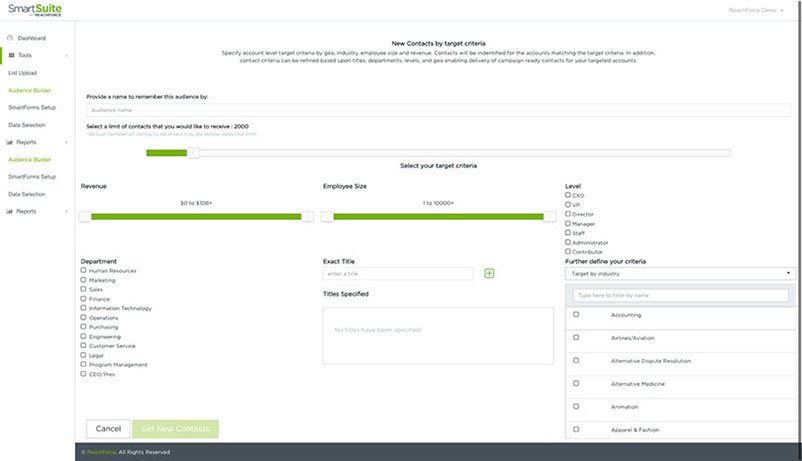
This isn’t easy to do manually, but some vendors exist that can help compile lists for you, including ReachForce. ReachForce can enrich your contact data and validate it for you, so your CRM will never be clogged with defunct contacts.
5. Map an account’s decision-making structure
It’s imperative to know exactly who is responsible for making purchasing decisions, as well as how they work with or answer to other people within the organization. Says Scott Albro, founder, and CEO of TOPO, research, and advisory firm:
“Detailed account profiles that focus on the organizational structure can be effective tools….but the holy grail is understanding how things like power structures, personalities, and coalitions impact purchasing decisions.”
6. Engage with target accounts on social media
Once you have your list of target accounts, it’s time to engage with them. One of the most immediate (and free) ways you can do that is by following them on social media, then interacting with them. Here are a few tips for keeping engagement authentic and effective:
- Comment on their content only when you have something of value to say
- Reshare their content to your feed when it makes sense for your audience
- Join groups they’re in and establish your expertise by answering questions or offering free resources
For more ways to generate leads through a channel like LinkedIn, check out this guide.
7. Pay attention to current events
What’s going on at a company can play a big role in the kind of messaging you incorporate into their marketing. Follow their Twitter or LinkedIn and keep an eye open for any press releases, announcements, or other news that they’re putting out.
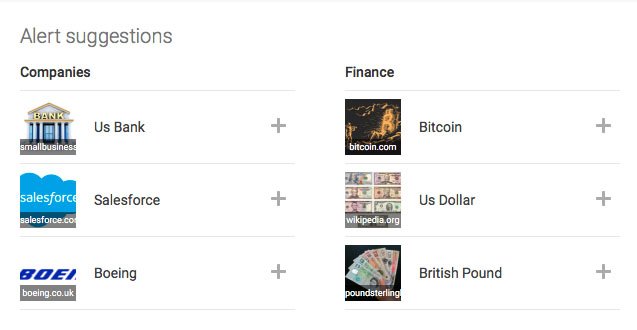
You can also set up a Google Alert, which will scan the web for certain content and inform you of any relevant article. If something significant changes with the company, you’ll be able to pivot your marketing strategy or rework the messaging.
8. Segment and personalize email campaigns
Evidence abounds to support the idea that one-size-fits-all email marketing is going the way of the dinosaur. According to Experian, personalized subject lines are to thank for a 26% increase in open rates, while DMA claims that marketers who use segmentation have seen a whopping 760% increase in revenue.
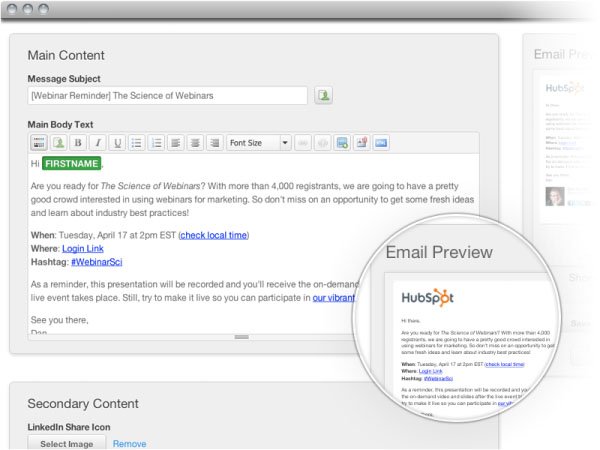
If you’re not already taking advantage of this tactic, here are some tips to get started:
- Segment email lists by job role and where prospects are in the buyer’s journey
- Adjust messaging of emails to reflect segments
- Personalize the subject line and content with dynamic tags, such as the ones above used in HubSpot’s platform
9. Create custom content for individual prospects
Though you might groan at the thought of creating even more content, this is a strategy that’s proven to get people’s attention. A survey from CEB shows that prospects who received content personalized to their specific needs were 40% more likely to buy from that supplier.

Custom content also doesn’t have to be time-consuming. Take the video above. Kyle Jepsen, a HubSpot Academy Sales Professor, received this personalized video from Cole, a representative at Vidyard.
Cole doesn’t stick to a script but instead mentions Jepsen’s colleagues and the interactions he’s had with them. Not only is this guaranteed to grab someone’s attention, but it comes across as a more natural and genuine attempt at forging a connection. It also took Cole only a few seconds to make and is on-brand with Vidyard, a video making and hosting solution.
10. Mention target accounts in content
One way to get on an account’s radar is to feature them in your published content. By giving them free publicity, you’re benefiting the prospect as well as opening the door for further contact.
Featuring target accounts in content is just one of nine different account based marketing tactics employed by Thomson Reuters Legal Professionals, a company that offers legal management solutions. Including the tactic in their holistic approach contributed to their astonishing 95% win rate.
11. Target individuals with custom ads
The ability to target particular demographics through PPC ads has never been more sophisticated. However, you can get even more specific by uploading a list of email addresses or phone numbers of individuals you want to target, then serving them a custom ad.
With Facebook, this works if the person has their Facebook account registered to that email address or phone number. This isn’t always going to be the case, especially if they’re meticulous about keeping their work life separate from their social life.
Google Ads offers a similar targeting option in the form of Customer Match.
12. Create custom ads for retargeting
Retargeting is placing an ad in front of someone who has already interacted with your website. This is crucial for nurturing leads over time and keeping your business top of mind.
Creating a custom retargeting ad is a good first step, but even better is having an ad that’s tailored to an account’s previous behavior on your site.
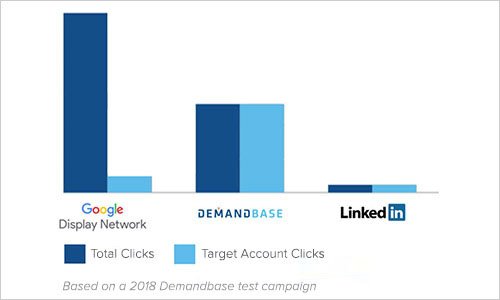
Demandbase is one ABM solution that has made exciting innovations in ad retargeting. By placing carefully targeted and personalized ads on a network of properties, Demandbase can cut past the clutter and get clicks only from your key accounts.
13. Create personalized landing pages for ads
If you’re going to be investing the time, effort, and money into creating personalized PPC ads, then you’ll want the messaging of your landing page to match the messaging in the ad. This means building personalized landing pages tailored to different audiences.
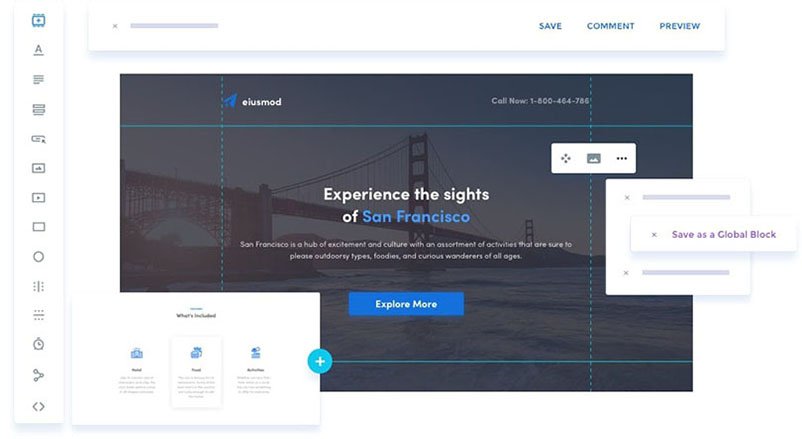
Luckily, there are plenty of solutions to make this a painless process. Instapage is a drag-and-drop style landing page builder that simplifies the personalization process. They also have a product called AdMap, which makes it easy to visualize the flow of ads to landing pages, then connect them.
14. Send a personalized gift
A sure way to grab someone’s attention is through a physical gift. This doesn’t mean you should send a box of branded thermoses or pens that will get shoved to the back of an office cupboard. The key is to send something fun, unique, and charming.

Influitive, makers of advocacy and engagement software, experimented with three types of personalized gifts for their ABM campaign. The most notable were pinatas shipped directly to companies. The pinatas contained positive online reviews of the account, social proof about Influitive, and candy (of course). The pinatas received a 36% response rate and a 3.4% sales-qualified opportunity rate, making it their most successful gift-giving tactic.
15. Build one-on-one, c-level relationships
Some accounts will require multiple relationships across different levels of the organization. This ensures that all the decision-makers or people with influence over the buying process are on the same page.
Rather than have one sales agent connect with multiple contacts at the same company, pair employees from different hierarchy levels and divisions with their counterpart at the account. For example, pair a CMO at your organization with a CMO at the prospective company. The CMO should lead with an email or direct mail about the reasons for connecting, then follow up with a phone call and an invitation for a meeting.
16. Send direct mail to executives
Executives have plenty on their plate. They’re not known for promptly answering unsolicited emails or spending a lot of time engaging with other businesses on social media, and rightfully so. Initiating a meaningful connection may take old fashioned direct mail and a little creativity.
Matt Heinz of Heinz Marketing relayed an anecdote about using this tactic to Craig Rosenberg at TOPO:
“We sent two-day packages to executives in advance of a big conference. The package was an empty iPad box. We wrote in the direct mail to come by our booth to pick up the iPad. Most executives came by just to compliment us. It worked.” (Source)
17. Look for an “in” elsewhere in the account
It’s not just your sales reps, marketing managers, or c-level executives that you should be tapping for connections. Reach out to the rest of your organization to see if there are employees in other, seemingly unrelated departments that might have a relationship with a contact at the target account.
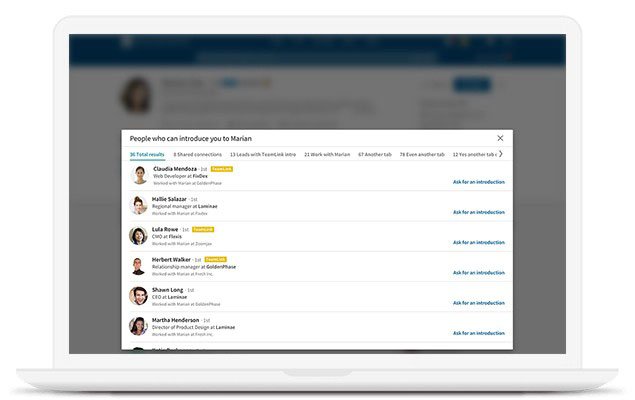
Still struggling to find a way in? The TeamLink function through LinkedIn Sales Navigator is a handy tool for unearthing unthought-of connections between organizations.
18. Offer a free, in-person evaluation
Despite the rise of digital communication, meeting in-person is still critical for business success. One study claims that face-to-face meetings are what it takes to convert 40% of prospects to customers.
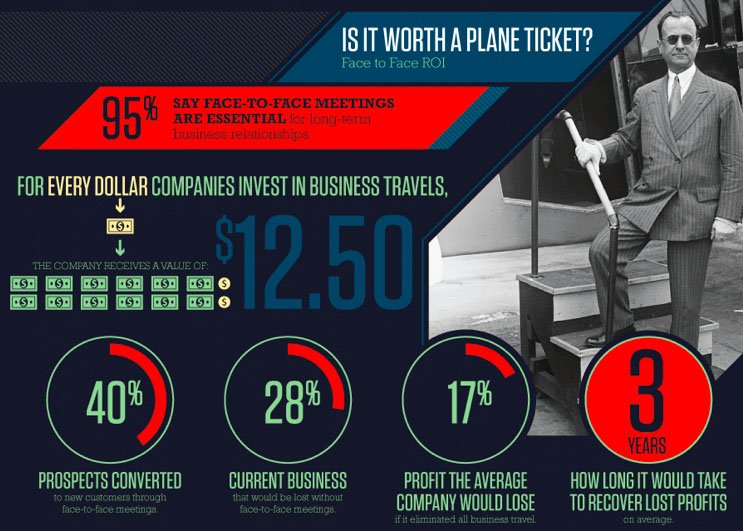
One way to tweak meetings to fit your account based marketing tactics is to offer free, in-person evaluations of a target account’s current situation. For example, if you’re an advertising agency, offer a session where you compare the account’s current advertising efforts to their competitors’.
Even if you have to travel to the prospect to hold the meeting, take heart: for every dollar spent on travel, businesses on average reap $12.50 in revenue.
19. Plan ahead for conferences
Conferences are jam-packed with opportunities to meet contacts face-to-face, and that level of familiarity is sometimes what’s needed to push an account over the finish line. Here are some tips to plan ahead and make the most of those few days:
- Research sponsors and cross-check it with your list of target accounts
- Monitor accounts’ social media activity for mentions about conference attendance
- Reach out to known contacts and invite them to your booth
- Set aside personalized gifts or swag for contacts that swing by
20. Host a local event for prospects
Whether you’re organizing a thought leadership session or something as simple as a mix and mingle during happy hour, in-person events are prime places to invite contacts from target accounts. This gets you valuable facetime while also offering the prospect a free resource or experience.
Inviting accounts to events is another one of the account based marketing tactics that Thomson Reuters used in their journey to achieving a 95% win rate.
Software Solutions for Account Based Marketing Tactics
ABM can be more complex than traditional marketing strategies, but the right tools can help you find the data you need and use it to create customized marketing experiences from start to finish.
LeadBoxer
LeadBoxer is a lead generation solution that can assist your ABM strategy by identifying anonymous or partially identified visitors on your site and automatically populating the rest of their contact information.
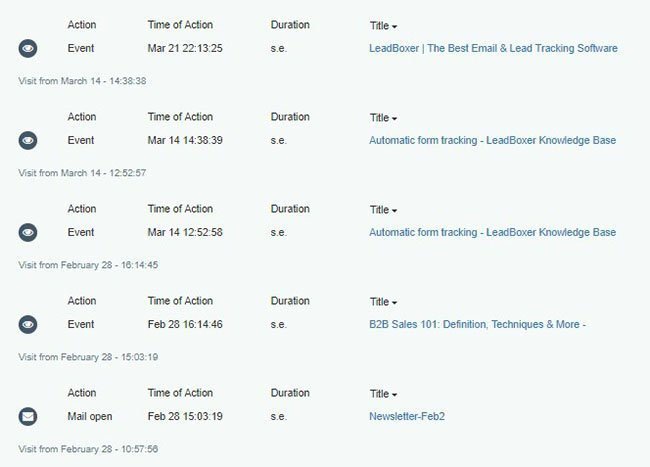
This helps you flesh out your list of target accounts. It also allows you to find and engage with qualified prospects on social media, send them custom content, target them with custom ads, send direct mail or gifts, or invite them to in-person events.
LeadBoxer also gives your prospects a leadscore, which tells you which accounts are most qualified and worth pursuing.
Marketo
Marketo is one of the heavy hitters of the ABM industry. Its products can help you identify ideal target accounts, discover contacts, and engage with accounts across channels with personalized content.
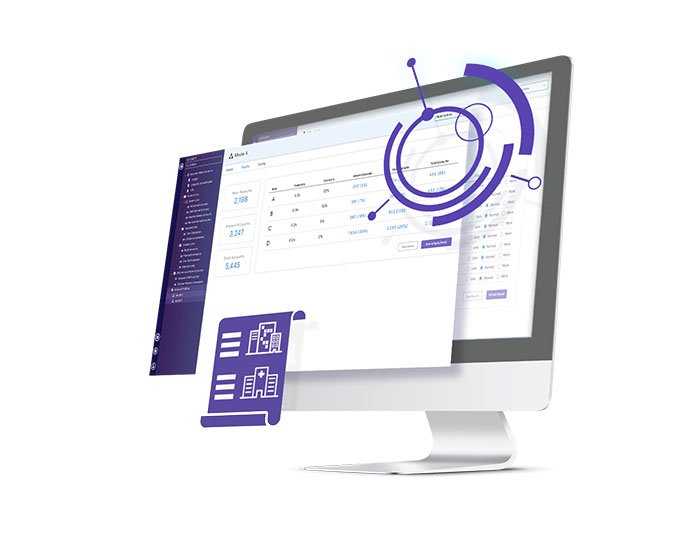
While certainly a powerful product, Marketo’s solutions come in the hundreds of dollars per month to the thousands of dollars range, making it a serious (or unrealistic) investment for small businesses.
Terminus
Terminus is an ABM solution used by customers like Thomson Reuters, the case study from the previous section who used tactics such as inviting contacts to in-person events and creating content that featured accounts’ expertise.
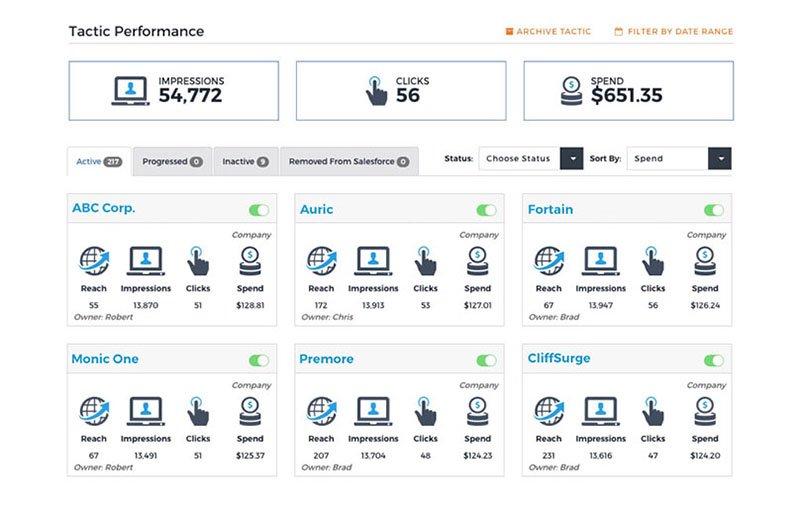
Terminus comes with features such as the account breakdown above, which shows how engaged accounts are and how much you’ve spent nurturing each one.
Aberdeen
Aberdeen is a vendor of intent data, so it can help you identify accounts that are expressing interest in topics relevant to your product. This can help you add target accounts to your list that you might not have thought of otherwise.
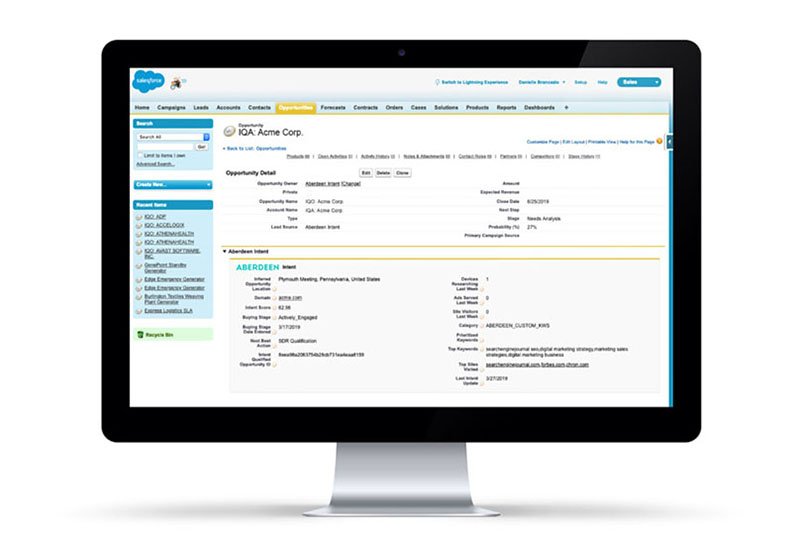
Aberdeen integrates with Salesforce, so team members can immediately see which target accounts are expressing intent. Use this as a cue to start targeting those accounts with custom ads and content as soon as they’re ready for it.
ReachForce
Never worry about old or inaccurate contact data again. ReachForce can help you flesh out a list of contacts within an account, show you who is responsible for what, and continually validates and cleans old data.
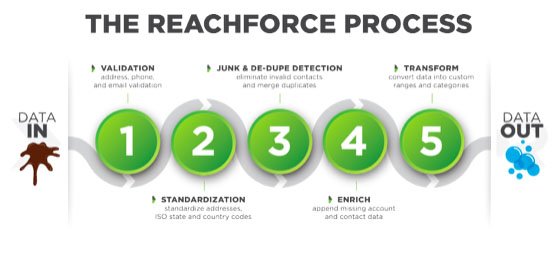
If you’re trying to keep track of and engage with multiple contacts within one account, ReachForce is an invaluable source of information and automation.
LinkedIn Sales Navigator
LinkedIn Sales Navigator is the platform’s solution for helping businesses find, understand, and engage with accounts on the social media channel.
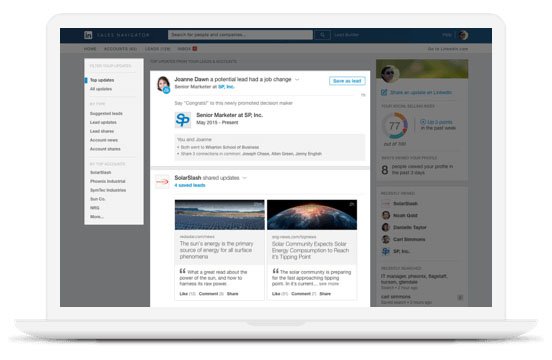
Not only does Sales Navigator come with advanced search options for finding leads, but it also integrates with your CRM and can notify you of significant shifts within a company, such as job changes.
Instapage
Instapage takes the stress out of making personalized landing pages. Its big draw is a drag-and-drop landing page builder built for collaboration. If you’re a small business cranking out your own personalized advertising and web content, this tool is worth looking into.
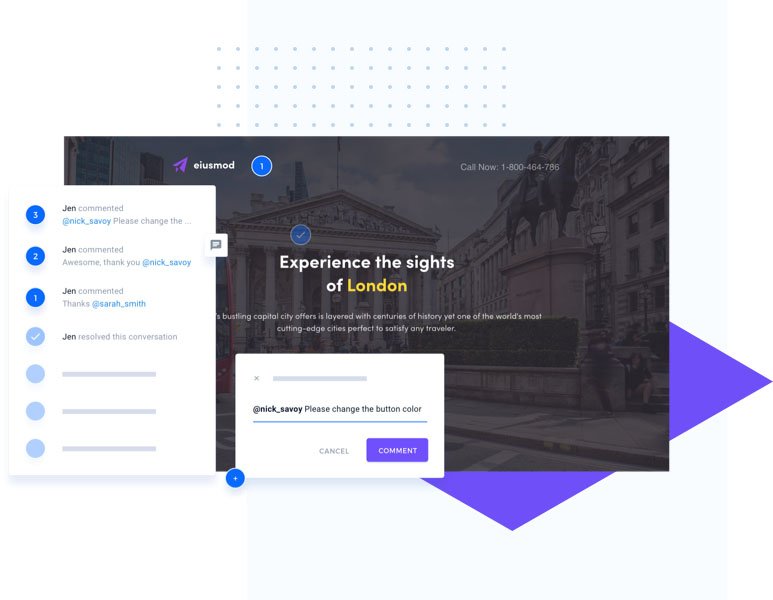
Instapage also has ad mapping solutions, so you’ll never lose track of which ads match which landing pages. Plus, Instapage’s affordable pricing tiers makes personalization accessible to any size business.
Take Advantage of Account Based Marketing Tactics and Grow Your Business
Given the level of research and personalization of content involved, it’s understandable to feel overwhelmed by the idea of ABM. Supplementing your existing inbound marketing strategy with ABM is a process that can take years, but the payoff is well worth it. The first step is to gather together your teams and begin discussing which tactics and tools best suit your company’s needs and don’t forget about implementing the cross-domain tracking too.
LeadBoxer can help you zero in on the right target accounts, find their contact information, and show you what content they engage with most so you can create better marketing experiences. Start your free trial today.
